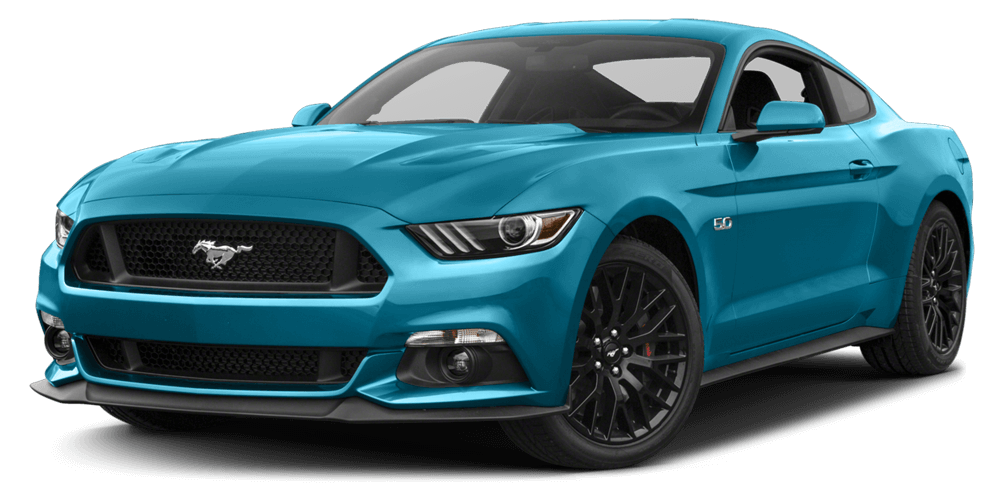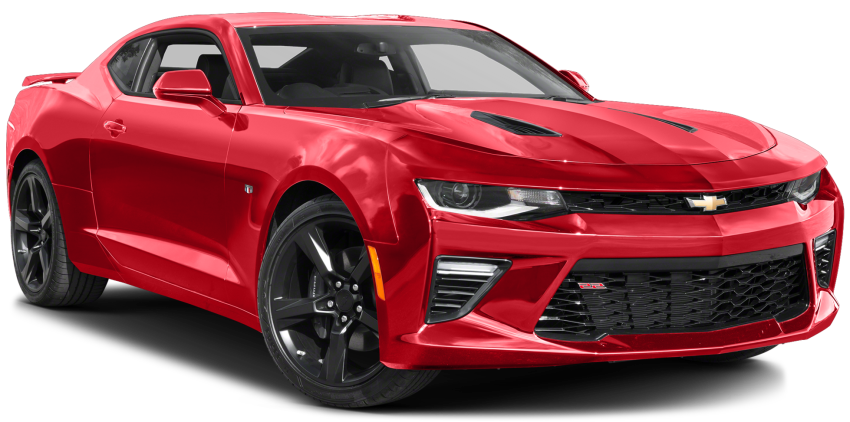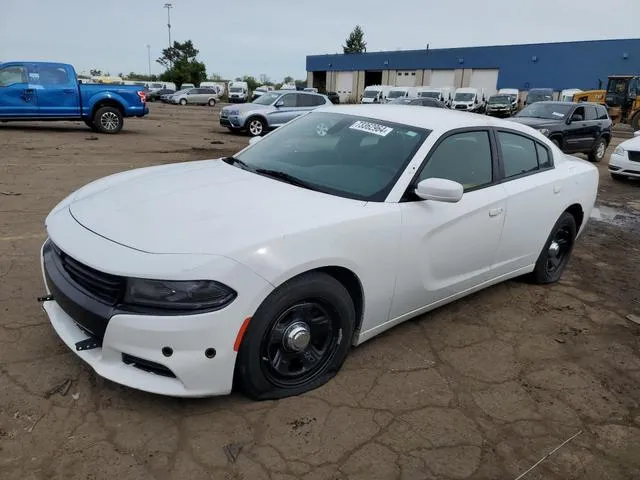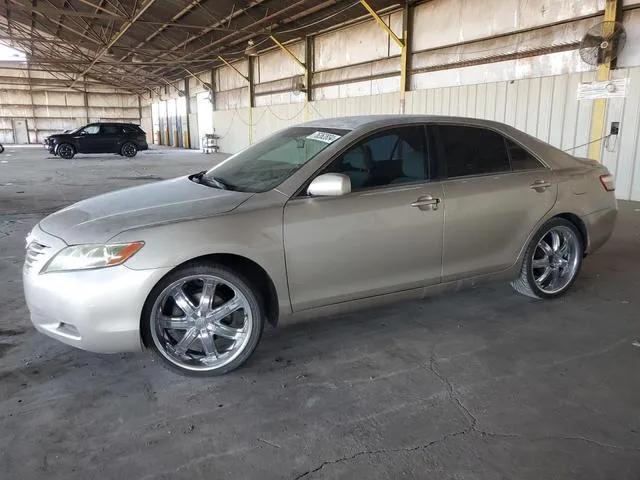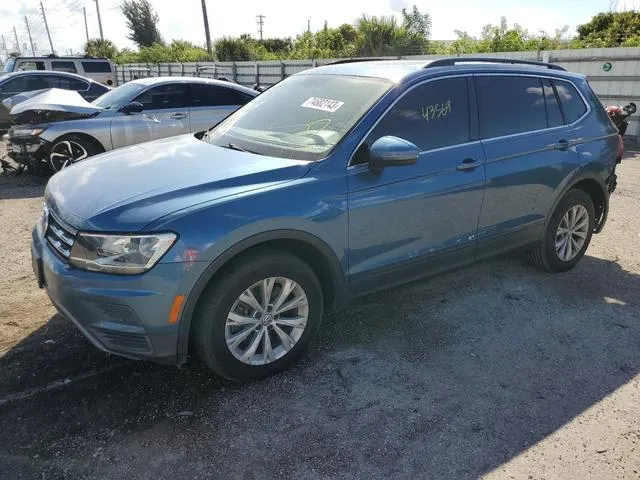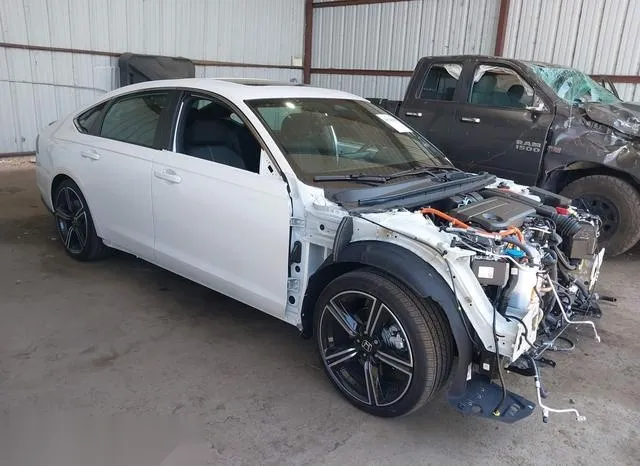The History of Austin Cars: Models and Production Dates
Austin, one of the most recognized names in British automotive history, has a long and storied past that spans much of the 20th century. Founded in 1905 by Herbert Austin, the company produced a wide range of vehicles, from small economy cars to larger family sedans, and played a significant role in shaping the British automotive landscape. This article takes an in-depth look at some of Austin’s most notable models, their production dates, and the legacy they left behind.
1. Early Years and the Founding of Austin Motor Company
The Austin Motor Company was founded by Herbert Austin in 1905 in Longbridge, Birmingham, England. After gaining experience working with Wolseley Motors, Austin sought to create his own vehicles, driven by his passion for engineering and innovation. The early years of Austin were challenging, but by focusing on quality and reliability, the company quickly began to establish itself as a trusted name in British motoring.
2. Key Austin Models Over the Decades
| Model | Production Years | Description |
|---|---|---|
| Austin 7 | 1922 - 1939 | The Austin 7 is perhaps the most famous model produced by the company. Often referred to as the "Baby Austin," it was a small, affordable car that brought motoring to the masses. It was one of the first truly popular cars in Britain, competing directly with the Ford Model T. The Austin 7 was available in various body styles, including tourers, saloons, and vans, and its popularity extended internationally. |
| Austin Twelve | 1921 - 1939 | A larger and more luxurious model than the Austin 7, the Austin Twelve was aimed at middle-class buyers looking for more space and comfort. It was a solid and reliable car, known for its durability and ability to handle the rough roads of the time. The Twelve was available in several body types, including a tourer, saloon, and even a landaulette. |
| Austin Ten | 1932 - 1947 | As one of Austin's best-selling pre-war models, the Austin Ten was a practical family car, offering a balance between economy and performance. It featured a 1.1-liter engine and was popular among middle-income families. Its affordability and reliability helped make it a mainstay on British roads throughout its production run. |
| Austin A40 Devon/Dorset | 1947 - 1952 | The post-war Austin A40 Devon and Dorset were two-door and four-door saloons that marked Austin’s return to production after World War II. The A40 series was known for its robust construction and practicality. It was one of the first British cars to be widely exported, particularly to the United States and Commonwealth countries. |
| Austin A90 Atlantic | 1949 - 1952 | Designed with the American market in mind, the Austin A90 Atlantic was a convertible and coupe model, featuring an impressive 2.6-liter engine. Despite its stylish design and sporty performance, it failed to gain significant traction in the U.S., although it did see some success in Europe. It was notable for being one of the few Austin models explicitly aimed at the export market. |
| Austin A30 | 1951 - 1956 | The Austin A30 was a compact car designed to replace the Austin 7 and compete with other small cars of the time, such as the Morris Minor. Powered by a 0.8-liter engine, it was affordable and practical, becoming a popular choice for urban drivers. The A30’s design later evolved into the A35, which offered slightly more power and modern features. |
| Austin Healey 100 | 1953 - 1956 | The Austin Healey 100 was a collaboration between Austin and the Donald Healey Motor Company. It was a sports car designed to appeal to enthusiasts who wanted performance and style. With its sleek design and powerful four-cylinder engine, the Healey 100 became a hit, especially in export markets like the U.S., where British sports cars were becoming increasingly popular. |
| Austin Westminster A105 | 1956 - 1959 | Austin's A105 Westminster was a large, powerful sedan that catered to the needs of families looking for more space and luxury. It featured a 2.6-liter engine and was well-appointed with leather upholstery and wood trim, symbolizing British craftsmanship. The A105 was followed by the more powerful A110 in the 1960s. |
| Austin Mini | 1959 - 2000 | Arguably the most iconic British car ever built, the Austin Mini revolutionized small car design with its front-wheel-drive layout and space-efficient interior. Initially introduced as the Austin Seven and later renamed the Mini, this small car became a cultural phenomenon. It was affordable, practical, and fun to drive, and over the years, it developed a legendary motorsport pedigree, winning the Monte Carlo Rally multiple times. |
| Austin 1100/1300 | 1962 - 1974 | The Austin 1100/1300 series was one of the best-selling British cars of the 1960s. Designed by Alec Issigonis, the creator of the Mini, it featured advanced engineering such as front-wheel drive and Hydrolastic suspension, which made it a comfortable and capable family car. The series was available in both Austin and Morris variants and became popular across Europe and beyond. |
| Austin Allegro | 1973 - 1982 | The Austin Allegro was designed as a replacement for the 1100/1300 series. Despite its advanced features, including front-wheel drive and Hydragas suspension, the Allegro was often criticized for its unconventional styling and reliability issues. However, it remains an important part of Austin's history as a representation of British Leyland's attempts to innovate during a challenging period for the British automotive industry. |
| Austin Maestro | 1983 - 1994 | The Austin Maestro was a hatchback that competed in the highly competitive compact car market of the 1980s. It offered modern features such as digital instrumentation and talking dashboards in higher-spec models. Though it never achieved the success of its predecessors, it helped keep Austin in the market during a time of change. |
| Austin Metro | 1980 - 1997 | The Austin Metro was introduced as a modern replacement for the Mini, targeting the small car market that had been Austin's strength for decades. The Metro was available in a variety of trims, including the high-performance MG Metro. It became popular as an economical and practical choice, even seeing success in motorsport. |
3. The Decline and Legacy of the Austin Brand
Despite its success in earlier decades, Austin faced increasing challenges as the automotive industry evolved. The merger that formed British Leyland in 1968 brought together many of the UK's carmakers under one umbrella, but internal competition and financial difficulties plagued the group. Austin's later models, like the Allegro and Metro, struggled to replicate the success of earlier hits like the Mini. By the mid-1980s, the Austin name was being phased out as British Leyland rebranded as the Rover Group.
The last Austin-badged car, the Austin Maestro, rolled off the production line in 1994, marking the end of an era. However, the legacy of Austin lives on through its many iconic models, especially the Mini, which continues to be celebrated today. Austin’s contribution to the British car industry is undeniable, and many classic Austin cars remain cherished by collectors and enthusiasts alike.
4. Conclusion
Austin cars left a lasting mark on the automotive world, from the innovative Austin 7 to the beloved Mini. The brand's history reflects the evolution of British motoring, from early 20th-century pioneers to post-war mass production and eventual decline. Although the Austin name no longer graces new vehicles, its rich heritage and the beloved cars it produced ensure that Austin will always have a place in the hearts of car enthusiasts around the world.



